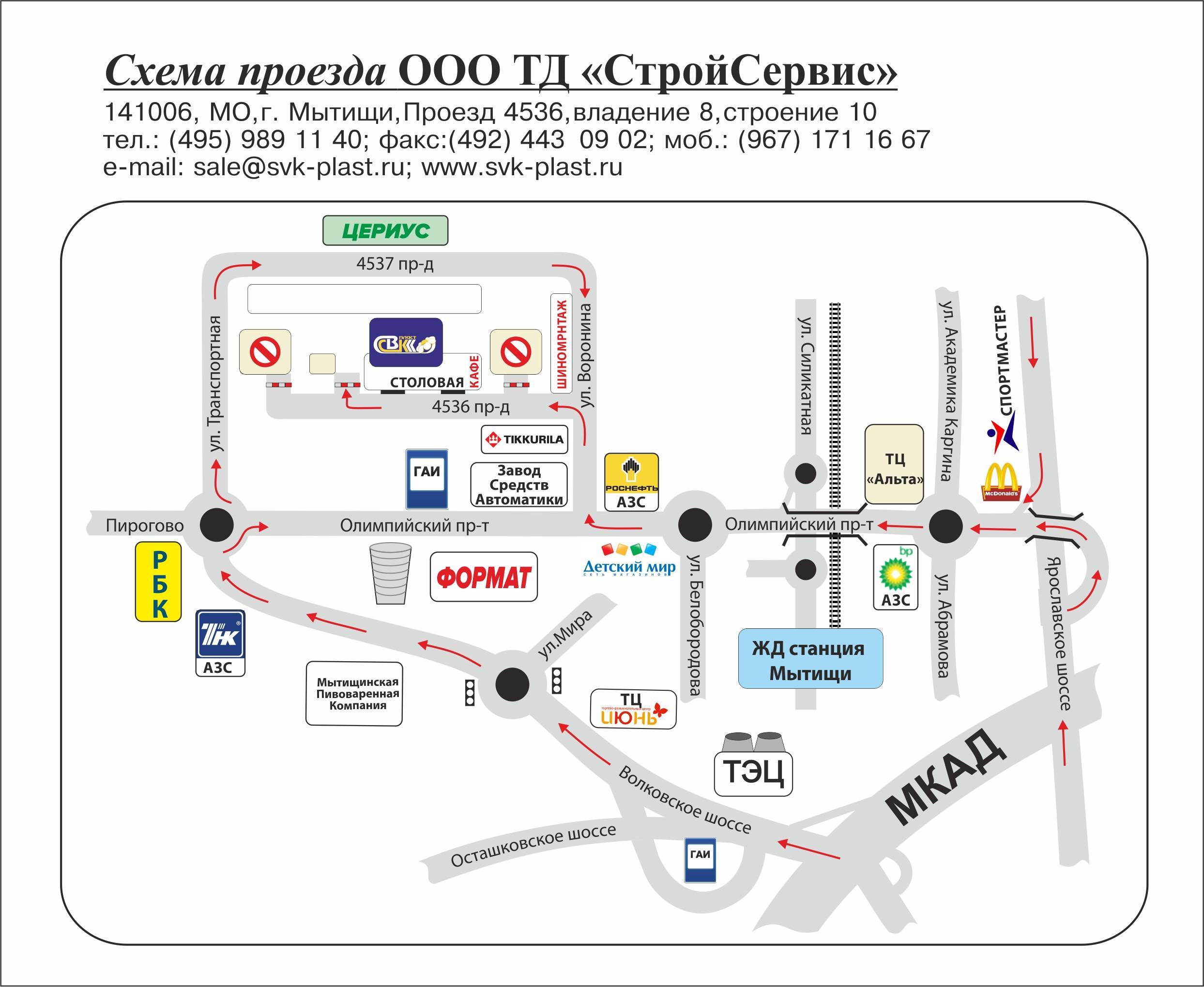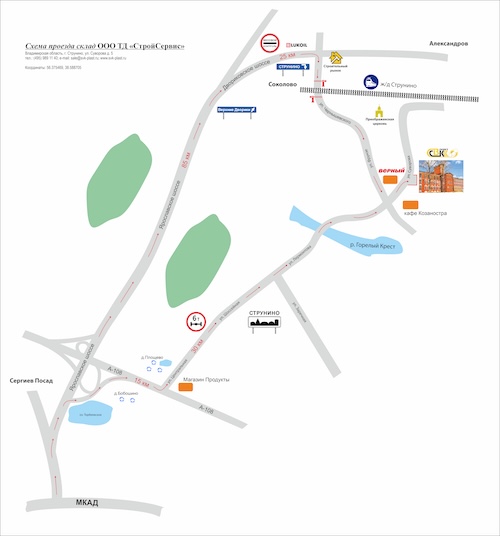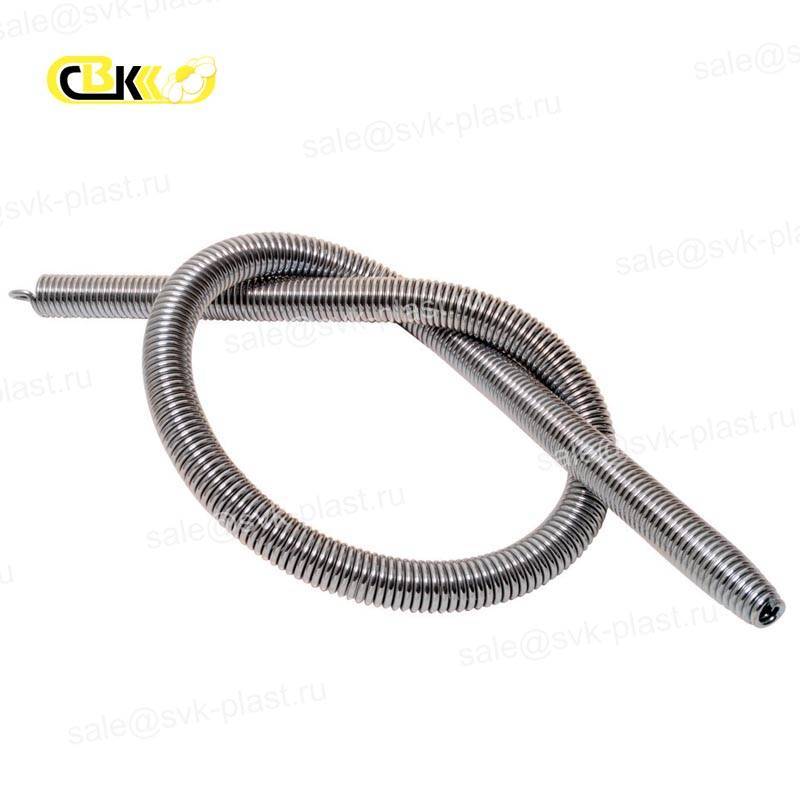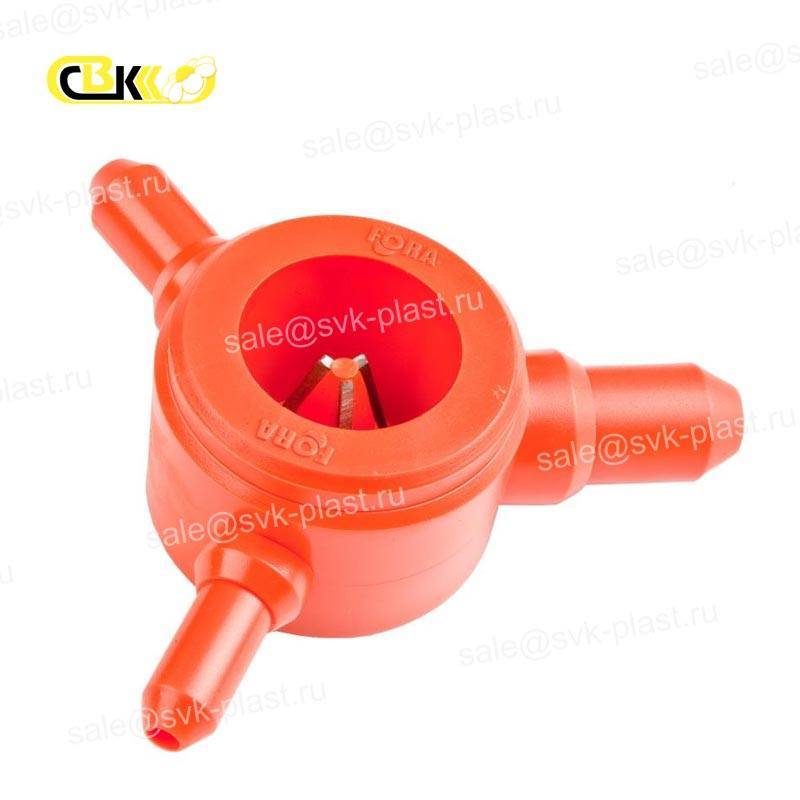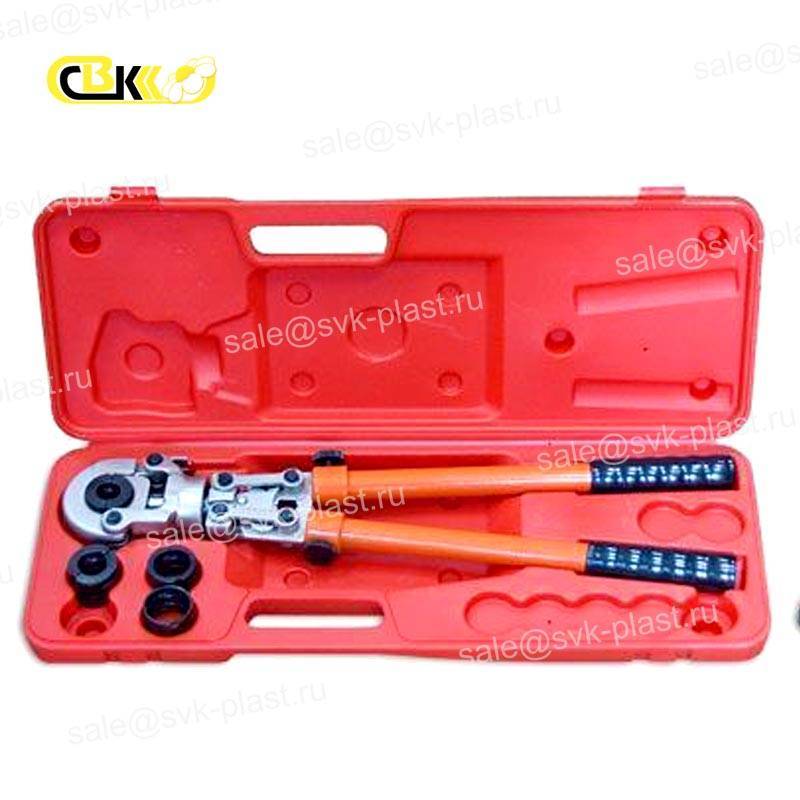The equipment for MP
For installation of metal-plastic pipelines of the TN format the companyTD Stroyservice offers tools under the Fora brand High-quality and reliable solutions for working with pipelines: Pex-Al-Pex, Pert-Al-Pert and Pert-Al-Peht
FORA spring Conductor (mounting spring)
| Vendor code | Name |
|---|---|
| 006040202-02 | Conductor spring Nar. 20 |
| 006040203-02 | Conductor spring Nar. 26 |
| 006040201-02 | Conductor spring Nar. 16 |
| 006040101-02 | Conductor spring VN. 16 |
| 006040102-02 | Conductor spring VN. 20 |
| 006040103-02 | Conductor spring VN. 26 |
| 006040104-02 | Conductor spring VN. 32 |
Classification of fittings for metal-plastic pipes
Features of the structure of metal-plastic pipes are that it is not possible to connect them by welding or soldering – because in this case, the plastic will simply melt Therefore, special connecting elements-fittings-are provided for such structures They can be made in the form of couplings, tees, crosses, etc.d The only peculiar disadvantage of such products is their rather high cost, and in some cases – a complex installation
The advantage of metal-plastic pipes is that they are very flexible Due to this property, you may not always need fittings In General, fittings for connecting metal-plastic pipes are divided into 2 types:
- Crimp
- Press fittings (press)
When choosing a particular type of fitting, the only thing you need to pay attention to is the possibility of permanent access to the connection point If this is possible, it is better to purchase crimp fittings, since they require periodic maintenance But if there is no such access or it is difficult, then you can use press fittings – they are installed once and allow you to wall up the pipes This is why press fittings can be used in almost any environment
All fittings used for metal-plastic pipes have one drawback – when they are used, the pipe cross-section diameter decreases If the length of the system is small, it will not lead to any bad consequences But if the route is long enough, you need to install a high-power pump or increase the cross-section
Preparing for installation
The first step before the direct installation of fittings is to create a project It can be very simple and made in the form of a sketch It is enough to draw a General diagram of the pipeline and use conventional signs to determine exactly where you need to install the fitting In this way, you can determine the total number of fittings that you need
Additional tools required when installing fittings
For proper installation of the system, in addition to the fitting itself and the metal-plastic pipe, additional equipment is also required, which include:
- Pipe cutter This is a special tool that looks like a pair of scissors It is used to cut the pipe to the desired length At the same time, the pipe must be cut in such a way that the cut is strictly at right angles to the pipe surface
- Calibrator (gauge) for metal-plastic pipes the main purpose of this tool is to align the edges of the pipe During the cutting process, they are slightly flattened and rounded This makes the design less reliable To restore the original position, use the calibrator to align the pipe, thereby restoring the original position of the edges
- Countersink The purpose of this device is chamfering In principle, you can do without this tool Replacing it with a construction knife or ordinary sandpaper And sometimes there are protrusions for chamfering on calibrators
The main tool used for fitting fittings:
- Two spanners of a certain diameter Designed for installation of crimp fittings;
- Crimping pliers – used in case of installation of press-fitting
If you don't have any tools, you can replace them with something else with a skillful approach For example instead of a pipe cutter you can use a regular metal saw However, in this case, you need to cut strictly perpendicular, otherwise nothing good will come out of this process
The process of preparing pipes for connection
As a rule, all metal-plastic pipes are made in bays But it is rare for a buyer to need a whole Bay, so during the sale process, a pipe cutter is used to cut off a piece of pipe of the desired length At the same time, it should be remembered that in the case of using fittings (and this is unlikely to do without), you need to have at least a small supply of pipe that will go inside the fitting Therefore, when buying, you should add about 2 centimeters of pipe to the main length
After purchasing the pipe, you must inspect its edge If a pipe cutter was used for cutting, it will be smooth and even, but when using a saw, it may have burrs In this case, they must be removed, and the edge of the pipe should be treated with a chamfer-this is a special device Designed for removing plastic from the outside and inside of the pipe along its edges
The next step is to align the pipe using a calibrator To do this, it is shoved inside and turned with maximum force until the original position of the pipe is restored, and the edges are aligned
Rules for leveling a part of a metal-plastic pipe
As noted above All metal plastic pipes are sold exclusively in bays Hands such a pipe although it is possible to align a little You won't be able to do this at all Meanwhile, alignment is a mandatory procedure, without which it will be simply impossible to install the pipe correctly You don't need much effort to align it – the whole process looks like this:
- We will need a flat Board, part of the chipboard Plywood or other similar material
- The length of pipe that needs to be aligned You need to put it in a soft cloth and wrap it
- Put on the Board, the pipe segment must be leveled until it becomes straight
After the pipe alignment is complete, you can start the calibration process mentioned above
Installation and connection of metal-plastic pipes using compression fittings
All compression fittings consist of several elements These include the o-ring, cap nut, and crimp ring The last element is used to connect the fitting and pipe Thanks to the use of an o-ring, the structure is as tight as possible
The advantage of this option is that it does not require the use of any additional equipment In addition, if the fitting fails, it can be replaced with another one without much effort Accordingly, this is a more convenient option than using non-collapsible structures
A peculiar disadvantage is the probability of periodic occurrence of leaks To fix this situation is quite simple – you just need to turn the nut half a turn The only condition is that you must have constant access to the structure itself But the disadvantage of this method is that not everyone likes to constantly make sure that there is no leak
The number of forms in which fittings are made is sometimes simply amazing – tees, couplings Crosses and much more Of course, everyone can choose a fitting of one form or another
Installation of fittings for metal-plastic pipes begins with the cap nut and crimp ring removed After that, you need to check the presence of the seal, and then proceed directly to the installation, the process of which is as follows:
- First you need to put a crimp ring and a cap nut on the pipe
- The pipe segment must be stretched on the fitting to the maximum possible mark In most models of fittings, this mark is marked with a small protrusion on the product
- The ring must be pulled on the fitting to the maximum
- The final step is to tighten the cap nut To begin with, it is twisted by hands, and after a while it should be tightened with crimp keys
The only feature of using crimp fittings is that it is undesirable to use them for systems with antifreeze But if it is not possible to replace them with press fittings, then you must immediately change the gaskets The thing is that factory gaskets under the influence of antifreeze begin to burst and tear Therefore, it is simply impossible to use them in such cases
Features of installation of crimp fittings
Laying a system of metal-plastic pipes using crimp fittings requires not only special knowledge, but also quite a lot of experience You must use crimping pliers to install the fittings They are used quite rarely, so if you do not install crimp fittings all the time, then there is no point in buying such pliers – it is much more profitable to rent them from someone
The design of the crimping press fittings consists of two elements – the body itself and the crimp sleeve Before starting installation, the pipe must be pre-treated The entire processing process is exactly the same as when using compression fittings The only difference is that the chamfer is removed only from the inner surface The installation process itself looks like this:
- First you should put the sleeve on the pipe
- In order to protect against corrosion, the fitting must be fitted with a gasket
- After that, the pipe should be put on the fitting to the maximum You can determine the stop by a special hole that is available on the fitting – it should have a visible edge of the pipe
- Use the pliers to compress the pipe until it starts to rest against the fitting A characteristic feature here is that after crimping, the fitting can rotate freely around the pipe, establishing the fact that the crimping is complete is possible by determining two characteristic bands on the pipe from ticks
Fittings of this kind can be used in almost any conditions, since they can withstand pressure up to 10 atmospheres The only exception applies to houses with more than 16 floors – since the pressure is much higher in them, it is not advisable to use crimp press fittings here
Features of bending metal-plastic pipes
Often, when installing systems made of metal-plastic pipes, the pipes themselves must be bent It is quite simple to do this – you only need to make a small effort Bending is possible both with the help of hands and with the use of a special spring At the same time, the use of a spring is more rational, since it follows the contours of the pipe and allows it not to bend, which happens with normal manual bending The spring is sold, as a rule, at the same points as the pipes themselves
As for bending pipes with your hands, you need to do it very carefully To do this, take the pipe by the edges, press your thumb from the bottom and start bending In this case, the thumb should always be on the pipe and pull it up, as it were, and the other fingers should wrap around the pipe and pull it down
In the case of bending the pipe with your hands, it often turns out that the application of extra force leads to excessive bending This pipe can not be used when laying a water supply system Therefore, to prevent this situation, it is recommended to heat the pipe before bending Do not use open fire for this purpose – instead, it is better to take a construction hair dryer After heating the plastic bends much better and there is no deformation
Options for attaching metal-plastic pipes to the wall
If the pipeline is open, it must be fixed to the wall in some way The most suitable option for this is plastic clips They can be single or double Single pipes are used for fixing pipes that are installed in one direction, and double pipes are used for laying parallel pipelines
For the best fixation, it is advisable to install each clip at a distance of one meter from the previous one Of course, this requirement is not mandatory, but such a system looks much more attractive To install the clip, you need to drill a small hole in the wall, into which the dowel is driven
Options for non-standard connections (different diameter or different type of pipes)
When replacing water pipes, you often have to deal with situations where one part of the metal pipe remains, and for the other it is necessary to use a metal-plastic pipe In this case, non-standard types of fittings are used To install such structures, it is necessary to cut a thread on a metal pipe, which is screwed on the fitting The metal-plastic pipe, in turn, is installed in the usual way
For this type of connection, a special seal must be used In its role, suitable FUM tape, tow, various kinds of paste and other substances The thread on such a fitting must be internal, since the outer one is cut on the pipe itself
If the pipes are made of the same material but have different diameters, they must be installed in the same way as pipes made of different materials The only feature is that in this case, special fittings are required, made in the form of adapters with nuts
Example of using fittings when installing a water supply system
The first step in installing a water supply system is to create a sketch that serves as a project To do this on a sheet of paper you need to draw the proposed water supply scheme and mark the location of the fittings with dots At the same time, if various types of equipment are connected to the water supply system, it is advisable to use taps In this way, if necessary, it will be possible to block only one branch, and leave the remaining part of the water supply system open
Besides adapters are also used for connecting measuring devices When creating a project, you must clearly indicate where a particular device is connected Pay attention to the diameter of the pipe, as it is crucial for the selection of fittings In General, the fittings themselves should be purchased in the amount that is necessary, but it is better to take the pipe with a reserve, since there is a risk of damage to it during installation, as well as crimping
Tips for getting started
When buying fittings, you need to pay attention to what time is outside the window In summer, the installation of systems can be carried out without any restrictions, since both the fittings and the pipes themselves perfectly withstand high temperatures But in winter, after buying fittings, it is advisable to wait a little while until they warm up to room temperature When cutting pipes, you should immediately cut the length of the pipe that is necessary This will not only avoid overspending materials, but also save time
After the installation is completely finished, you need to check the pipeline To do this, open the system and check if there is a leak somewhere If water or other liquid flows normally and does not ooze anywhere, then everything is fine If a leak is detected, it must be promptly repaired
If metal plastic pipes are used for the organization of the heating system, it must be tested under high pressure To do this, just run cold water and check if there is a leak somewhere


